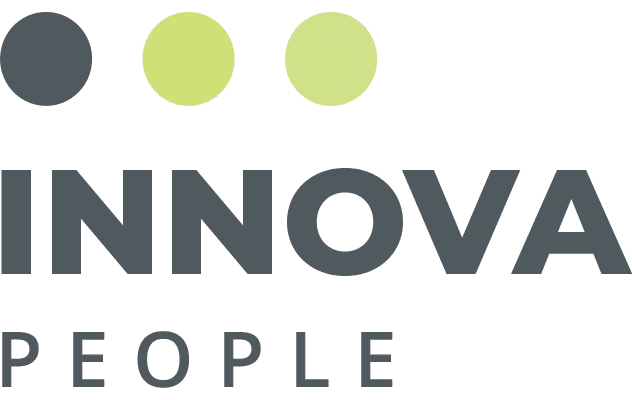There’s a universal truth that resonates with candidates looking to get a job in tech: the process seems to take forever.
Researchers from LinkedIn’s Economic Graph team found that tech jobs top the list in hiring time. Engineering takes an average of 49 days for candidates to submit their job applications to start their first day on the job. Technical positions in research, finance, and information technology (IT) follow closely behind, taking 48, 46, and 44 days on average to fill.
But why?
Some tech jobs, regardless of how critical they need to be filled, can require a lot of rigorous requirements. Companies are willing to wait for the right candidate and move them through an exhaustive hiring process to find the right fit. As employers widen their talent pool to recruit more women and people of color, it can also lead to a longer hiring time.
Understanding how tech job hiring works can help curb your frustration during the (sometimes lengthy) process.
The Hiring Process in Tech
The Phone Screen
Some sought-after tech jobs can attract hundreds of applications. Even if only half of those are qualified by meeting the basic requirements, hiring managers still have to screen them, which takes time.
The phone screen is the first step in the hiring funnel. This stage consists of an informal phone call with a company representative that can take 15 to 30 minutes. They want to determine if the candidate has the right skills, gauge interest level, and looks for any red flags.
To increase your chances of getting to this stage, work with a recruiter like Innova People, who can submit your resume.
Technical Testing & Screening
Once you pass the phone screen, you are rewarded with, guess what, another phone call! Bonus!
This call is, however, more of a technical call. Hiring managers were willing to take you at your word during the first phone screen when you said that you knew Python. But now, your skills will be put to a basic skill test.
Typically the technical call is more of a technical screen and can take anywhere from 30 to 60 minutes, so be prepared. You may be asked to work through several coding exercises, asked how you’d analyze a batch of scientific data, or asked to design an experiment.
Your Innova Recruiter can help prepare you for the types of questions you may face so you can feel confident heading into this stage.
Interview(s)
Congrats on making it to the interview stage! In this third and final interview stage, you’ll be invited on-site and spend most of the day conducting in-person interviews with various other company members.
The potential employer will take care of your travel needs if travel is required.
This stage is the most involved and usually is at the end of the hiring pipeline. While on-site, look to get a sense of the work environment and how happy the employees are. Remember, you are interviewing the employer as much as you are being interviewed.
Hiring managers will then reach out to your recruiter to check on your references, so make sure your references are current and are aware of your interest in the position. The last thing you want is a reference to be caught off-guard when contacted at you looking for a new role.

Make the Offer for the Right Candidate
Once the hiring manager and recruiter discuss the results of the reference checks, an offer letter will be drafted and shared with you! Candidates not selected will be notified by email or phone.
It can take weeks between each stage of the tech job hiring process. Be patient, and check in with your Innova Recruiter for updates and feedback as you both work towards a great offer.
Time to hire – How long is the tech Interview process?
Some tech jobs’ myriad technical and program-specific requirements can increase the hiring time. On top of that, the hiring process for government and government contractors often moves more slowly.
Requirements and corporate inertia aside, multiple people often have to sign off on a candidate moving forward in the hiring process. Those people often have other demands on their time, meaning they can’t always respond as quickly as recruiters and candidates would like.
How To Interview Remotely
The majority of the job interview, especially in the early stages, are handled remotely. These discussions can have multiple queries, so be prepared: you could jump from technical talk in one interview to fielding questions from an HR representative about how you may fit culturally.
Review the application materials before sitting down for the interview and ensure you can articulate everything in your past, including previous jobs, projects, and skills. Practicing in the mirror can help you frame your best responses while monitoring your body language.
Faced with so many required qualifications and customer-specific “wants,” there’s a high likelihood that you won’t know everything that a hiring manager or a potential teammate asks you..and that’s okay! Being open to learning is critical; admitting a shortcoming in your overall knowledge while expressing interest in learning can score valuable points. Where you lack knowledge or experience, let the team know you are eager to dive into the discipline.
Top 20 questions to ask during a tech hire interview
Every tech person is seen as a future problem solver; making the hiring decision is competitive and exhaustive for employers.
To put you in front of the pack, here are 20 of the best tech interview questions you may be asked during one of the many (and slow) stages of the tech interview process.
Ultimately, your chances hinge on how well you can show that you’re a good match for the company doing the hiring. Suppose you’re diligent in preparing your résumé, and you sit down for the interview with ready answers about your background and skills. In that case, you could progress through multiple interviewing rounds and land the job.






